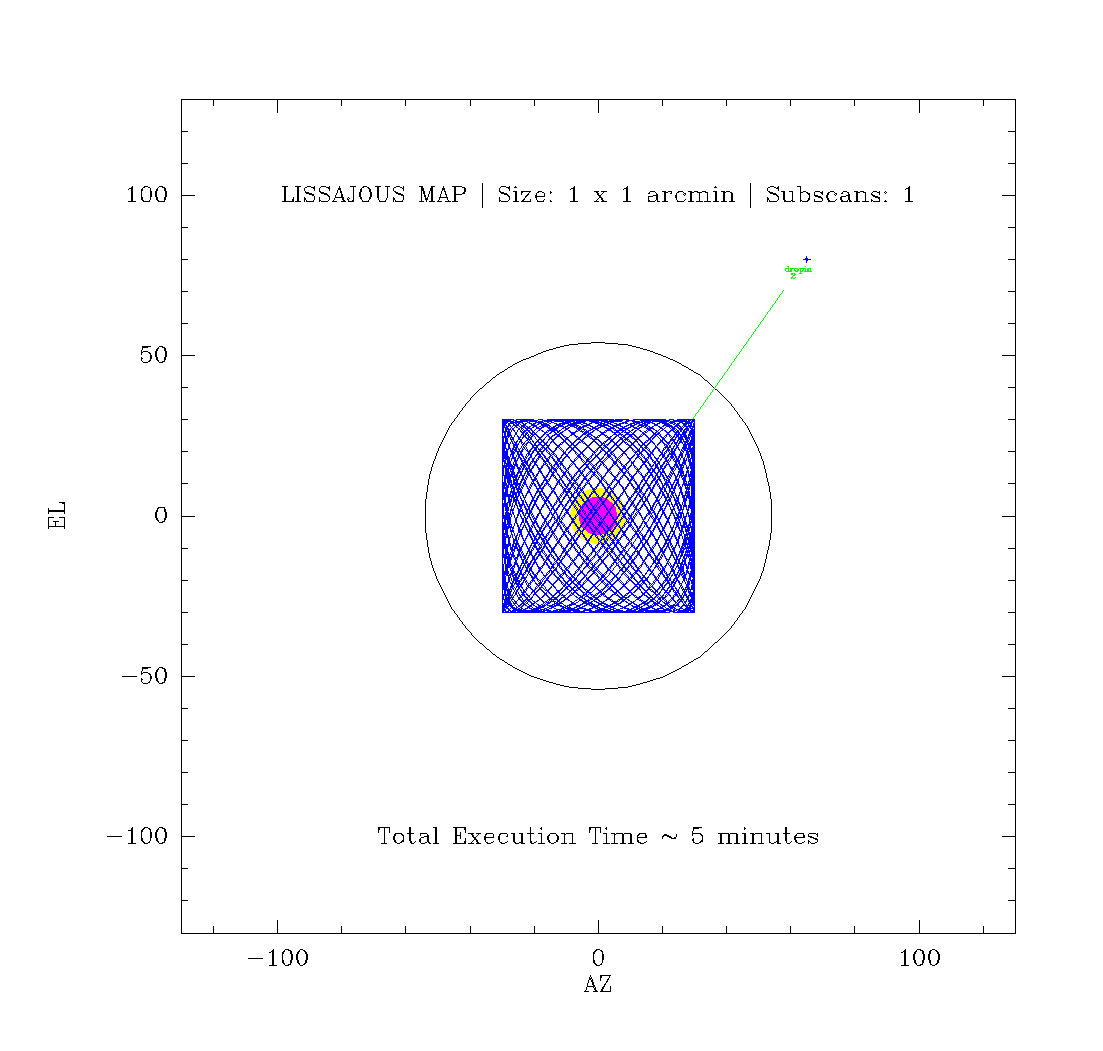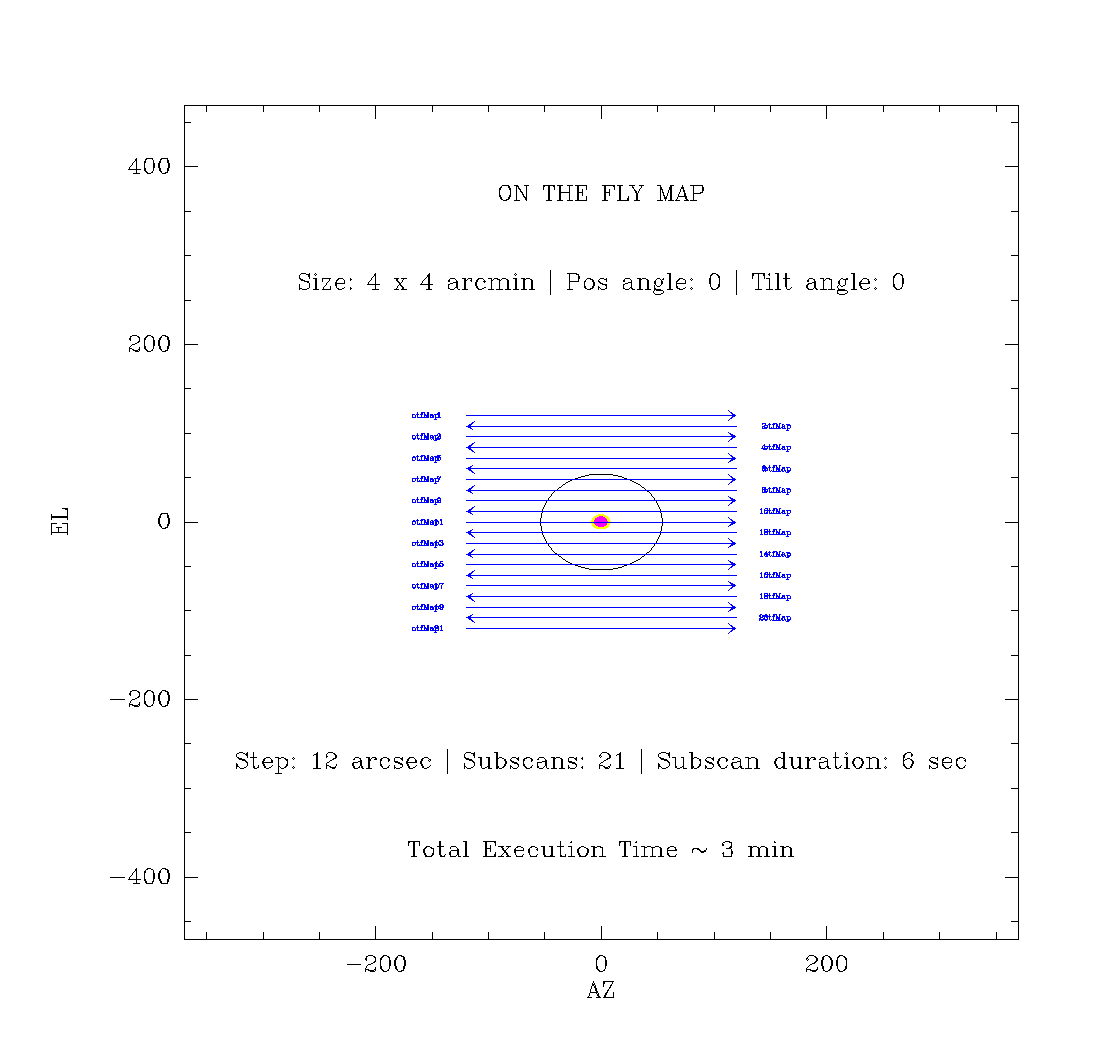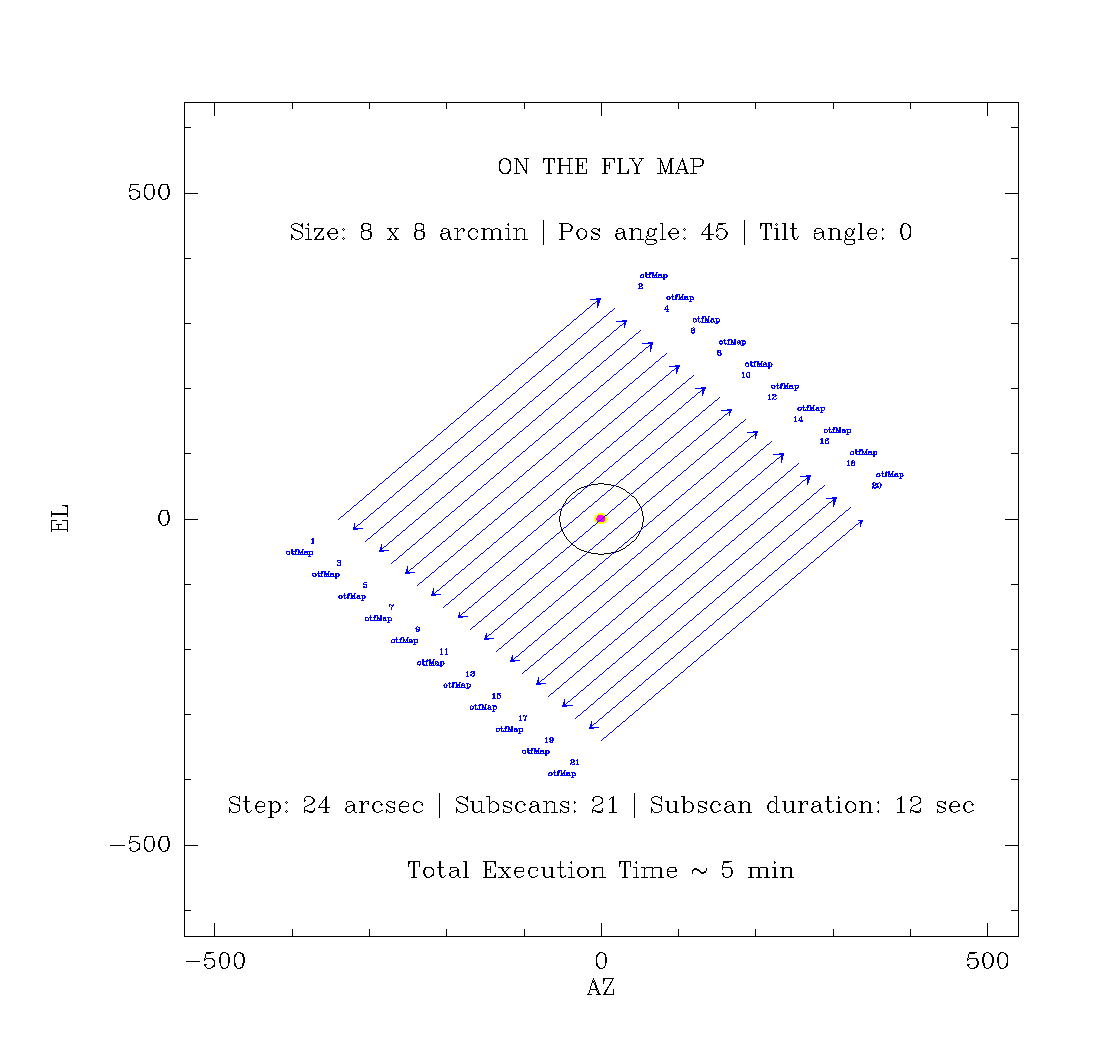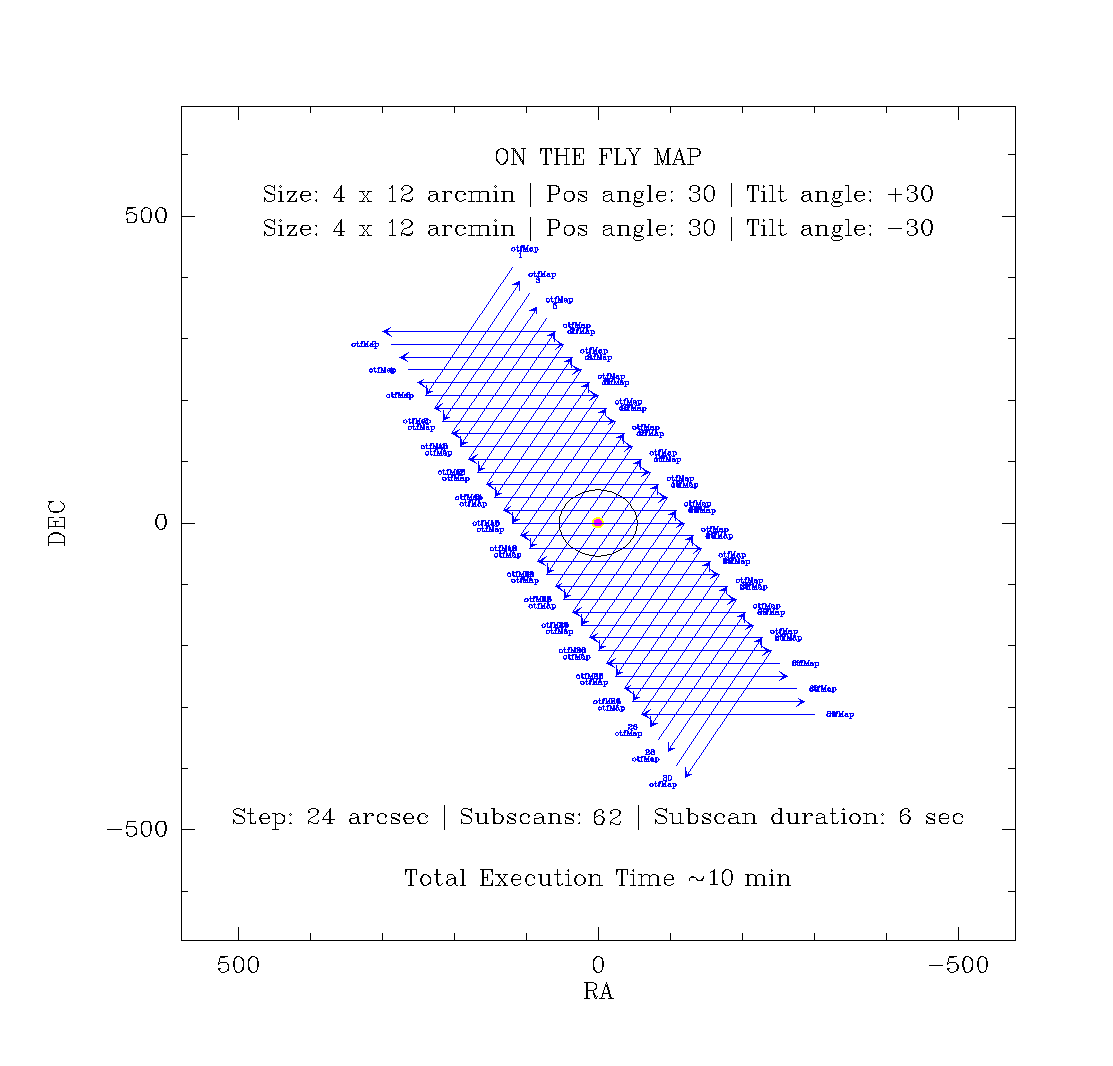|
Size: 4241
Comment:
|
Size: 4584
Comment:
|
| Deletions are marked like this. | Additions are marked like this. |
| Line 1: | Line 1: |
| ##acl hermelo,NicolasBillot,CarstenKramer,SamuelLeclerc:read,write,delete,revert,admin Default ##http://www.iram.es/IRAMES/mainWiki/Continuum/PoolPreparation |
|
| Line 14: | Line 11: |
| '''[[ http://www.iram.es/IRAMES/mainWiki/GISMO/Main | Go back to the GISMO Main Wiki ]]''' | '''Go to the [[http://www.iram.es/IRAMES/mainWiki/Continuum/GISMO/Main|GISMO]] |[[http://www.iram.es/IRAMES/mainWiki/NIKA/Main|NIKA]] page.''' |
| Line 21: | Line 18: |
| Note that your project will '''NOT''' be observed in case you do not send your observing instructions to the GISMO pool manager before the begin of the pool. | Note that your project will '''NOT''' be observed in case you do not send your observing instructions to the GISMO & NIKA Pool Manager before the begin of the pool. |
| Line 24: | Line 21: |
| ||[[attachment:README_078-13.txt]]||[[attachment:catalog_078-13.sou]]||[[attachment:setup_078-13.pako]]||[[attachment:observe_NGC4449.pako]]|| | ||[[attachment:README_199-14.txt]]||[[attachment:setup_199-14.pako]]||[[attachment:199-14.sou]]||[[attachment:observe_NGC4449.pako]]|| |
| Line 26: | Line 23: |
| You can download these example scripts and adapt them to your project. If you have questions please contact the GISMO pool manager. | You can download these example scripts and adapt them to your project. If you have questions please contact the pool manager. |
| Line 32: | Line 29: |
| It is possible to select pointing sources nearby to your science targets using [[http://www.clearskyinstitute.com/xephem/ | XEphem]] and the [[attachment:pointingIRAM30m.edb | IRAM 30m catalog of pointing sources]]. The ongoing IRAM flux monitoring program provides [[http://www.iram.es/IRAMES/FluxMonitoring/PointingSources/plotPointingSources.html | flux estimations ]] for most of these pointing sources. These data are provided ONLY to help in the planning of observations, in particular to select pointing and focus sources at the IRAM 30-m telescope. They should not be used for any other purpose. |
It is possible to select pointing sources nearby to your science targets using [[http://www.clearskyinstitute.com/xephem/ | XEphem]] and the [[http://www.iram.es/IRAMES/mainWiki/Continuum/Calibrators | IRAM 30m Catalog for Continuum Cameras]]. |
| Line 42: | Line 36: |
| Two different total power mapping modes are offered: | We offer two standard observing modes where data are taken continuously while the telescope follows either Lissajous curves, or zig-zag patterns. Neither mode makes use of the secondary mirror to modulate the signal. Lissajous patterns are very efficient for point source observations as the target stays on-array during the scans (amplitude ~1 arcmin). We have noticed however that the '''strong telescope accelerations generated by the Lissajous scanning pattern produce some systematic noise at medium-to-large spatial scales (>20") in the reconstructed maps'''. While we are investigating the possibility to mitigate this extra noise (hardware and/or software), we currently consider the '''Lissajous observing mode not suitable for mapping extended emission'''. Instead the traditional zig-zag scanning pattern should be used for mapping extended emission or covering large areas. |
| Line 44: | Line 38: |
| * '''On-the-fly mode:''' Data are taken while the telescope follows a traditional zig-zag pattern. This mode is appropriate for large maps. It is necessary to specify the size of the map (in arcminutes) and the position angle (in degrees) measured North through West. For example, for a 6'x12' on-the-fly map rotated 25 degrees launch the '''[[attachment:gismo_onthefly.pako | gismo_onthefly]]''' script with the following parameters: | === Lissajous mode === Lissajous maps are square shaped and the coordinate system is always horizontal. Therefore, the only parameter needed is the amplitude of the Lissajous pattern. |
| Line 47: | Line 43: |
| PAKO> @ gismo_onthefly 6 12 25 | PAKO> @ cont_lissajous Size |
| Line 50: | Line 46: |
| * '''Lissajous mode:''' Data are taken while the telescope follows a Lissajous curve pattern. Lissajous maps are square shaped. For example, for a 3'x3' Lissajous map launch the '''[[attachment:gismo_lissajous.pako | gismo_lissajous]]''' script with the following parameters: | For example, for a 1'x1' Lissajous map, type: |
| Line 53: | Line 49: |
| PAKO> @ gismo_lissajous 3 | PAKO> @ cont_lissajous 1 |
| Line 56: | Line 52: |
| Lissajous curves give a better noise distribution than the classical OTF maps, but they cannot be used in maps larger than 4'x4'. If observers need larger maps, they should use on-the-fly maps or make mosaics with smaller Lissajous maps. For deep field integrations, both Lissajous or on-the-fly maps could be used. | {{attachment:lissajous.png | cont_lissajous 1 | width=800}} |
| Line 59: | Line 55: |
| {{attachment:ObservingModes.png}} | === On-the-fly mode === We provide the observers with a very flexible on-the-fly (otf) mode, that can be commanded as follows: {{{ PAKO> @ cont_onthefly xSize ySize posAngle tiltAngle System [ScanSpeed] }}} where ''xSize'' and ''ySize'' are the size of the otf map in arcminutes, ''posAngle'' determines the angle of the scanning direction (anti-clockwise), ''tiltAngle'' determines the inclination of the scanning direction (anti-clockwise, useful to map filaments), ''System'' set the reference coordinate system (radec or azel), and ''!ScanSpeed'' (optional) is used to fix the scanning speed (in arcseconds/sec, default is 40). The ''cont_onthefly'' command allow to generate plenty of different scanning patterns. In the following, we show some examples. {{{ PAKO> @ cont_onthefly 4 4 0 0 azel }}} {{attachment:otf_basic.png | cont_onthefly 4 4 0 0 azel | width=800}} {{{ PAKO> @ cont_onthefly 8 8 45 0 azel }}} {{attachment:otf_rot45.png | cont_onthefly 8 8 45 0 azel | width=800}} {{{ PAKO> @ cont_onthefly 4 12 30 +30 radec PAKO> @ cont_onthefly 4 12 30 -30 radec }}} {{attachment:otf_tilt.png | cont_onthefly 4 12 30 +-30 radec | width=800}} {{{ PAKO> @ cont_onthefly 12 0 65 0 radec }}} {{attachment:otf_stripe.png | cont_onthefly 12 0 65 0 radec | width=800}} |
| Line 64: | Line 99: |
| == Obsolete scripts == | |
| Line 66: | Line 100: |
| Fully tested scripts from previous runs are also available within the '''~/PaKo/obs/''' folder. The following list shows how to launch some of the most ''popular'' obsolete scripts: {{{ PAKO> @ obs/gismo_lissajous_tiny1min PAKO> @ obs/gismo_lissajous_tiny2min PAKO> @ obs/gismo_lissajous_tiny5min PAKO> @ obs/gismo_lissajous_tiny10min PAKO> @ obs/gismo_lissajous_2mx2m PAKO> @ obs/gismo_lissajous_3mx3m PAKO> @ obs/gismo_lissajous_4mx4m PAKO> @ obs/gismo_otf_6mx6m PAKO> @ obs/gismo_otf_8mx8m PAKO> @ obs/gismo_otf_10mx10m PAKO> @ obs/gismo_otf_30mx30m }}} ----- Author: Israel Hermelo (GISMO pool manager) |
Author: Israel Hermelo ([[http://www.iram.es/IRAMES/mainWiki/Continuum/GISMO/Main|GISMO]] &[[http://www.iram.es/IRAMES/mainWiki/NIKA/Main|NIKA]] Pool Manager) |
| Line 93: | Line 104: |
| Created: 2013.10.25 | Created: 2013.OCT.25 |
| Line 95: | Line 106: |
| Last update: 2013.10.25 | Last update: 2015.JAN.23 |
Pool preparation
From our experience, the chances of success of a program are higher if it is scheduled in a pool than in the traditional way of dedicated observing blocks. This is due to the flexibility of pooled observations with respect to demand on weather quality and equipment availability. It is therefore advantageous for any project to participate in these pooled observing sessions. Participation is of additional interest for low rated proposals which may otherwise not be scheduled. Astronomers with little or no experience are welcome as observers at the IRAM 30m radiotelescope.
Contents
Scripts preparation
Pooled observations should be fairly simple and straightforward to observe. Note that your project will NOT be observed in case you do not send your observing instructions to the GISMO & NIKA Pool Manager before the begin of the pool. It is highly recommended to use the standard scripts provided by the IRAM staff:
You can download these example scripts and adapt them to your project. If you have questions please contact the pool manager.
Pointing Sources
It is possible to select pointing sources nearby to your science targets using XEphem and the IRAM 30m Catalog for Continuum Cameras.
Observing modes
We offer two standard observing modes where data are taken continuously while the telescope follows either Lissajous curves, or zig-zag patterns. Neither mode makes use of the secondary mirror to modulate the signal. Lissajous patterns are very efficient for point source observations as the target stays on-array during the scans (amplitude ~1 arcmin). We have noticed however that the strong telescope accelerations generated by the Lissajous scanning pattern produce some systematic noise at medium-to-large spatial scales (>20") in the reconstructed maps. While we are investigating the possibility to mitigate this extra noise (hardware and/or software), we currently consider the Lissajous observing mode not suitable for mapping extended emission. Instead the traditional zig-zag scanning pattern should be used for mapping extended emission or covering large areas.
Lissajous mode
Lissajous maps are square shaped and the coordinate system is always horizontal. Therefore, the only parameter needed is the amplitude of the Lissajous pattern.
PAKO> @ cont_lissajous Size
For example, for a 1'x1' Lissajous map, type:
PAKO> @ cont_lissajous 1

On-the-fly mode
We provide the observers with a very flexible on-the-fly (otf) mode, that can be commanded as follows:
PAKO> @ cont_onthefly xSize ySize posAngle tiltAngle System [ScanSpeed]
where xSize and ySize are the size of the otf map in arcminutes, posAngle determines the angle of the scanning direction (anti-clockwise), tiltAngle determines the inclination of the scanning direction (anti-clockwise, useful to map filaments), System set the reference coordinate system (radec or azel), and ScanSpeed (optional) is used to fix the scanning speed (in arcseconds/sec, default is 40). The cont_onthefly command allow to generate plenty of different scanning patterns. In the following, we show some examples.
PAKO> @ cont_onthefly 4 4 0 0 azel

PAKO> @ cont_onthefly 8 8 45 0 azel

PAKO> @ cont_onthefly 4 12 30 +30 radec PAKO> @ cont_onthefly 4 12 30 -30 radec

PAKO> @ cont_onthefly 12 0 65 0 radec

Author: Israel Hermelo (GISMO &NIKA Pool Manager)
email: hermelo@iram.es
Created: 2013.OCT.25
Last update: 2015.JAN.23
